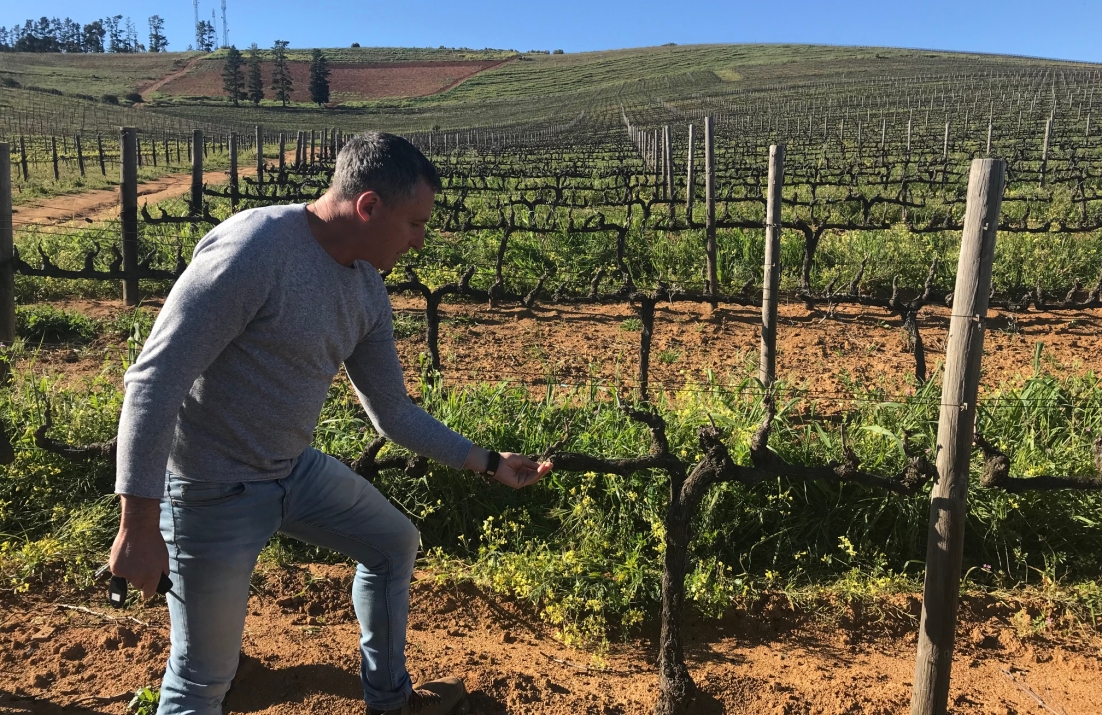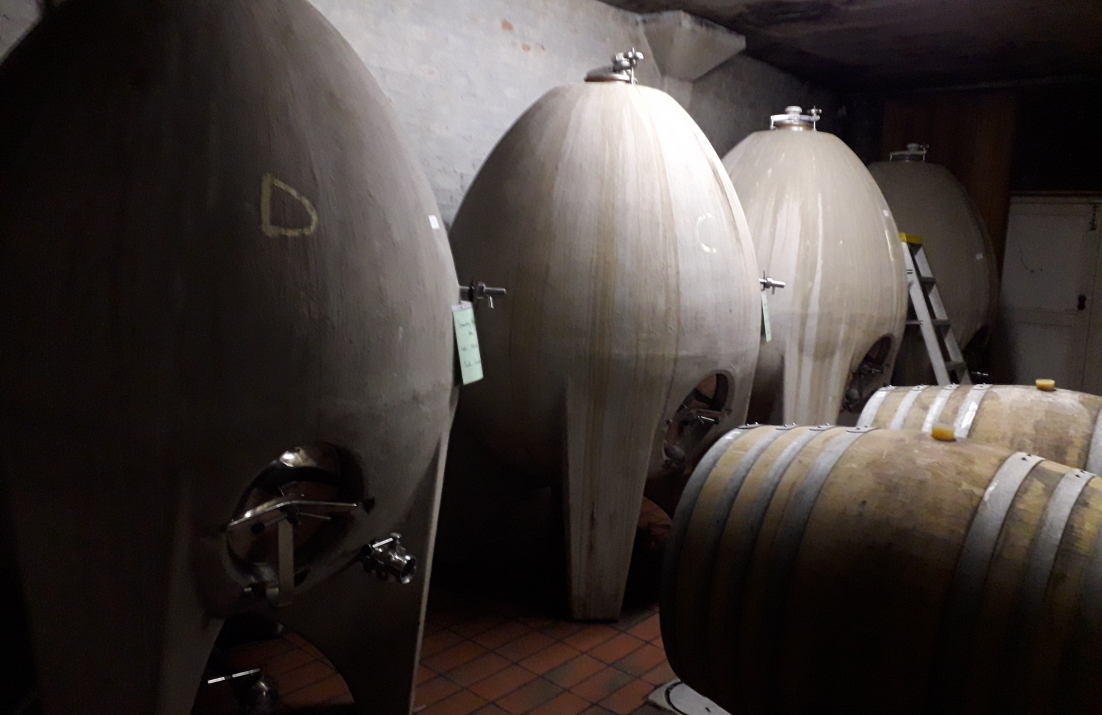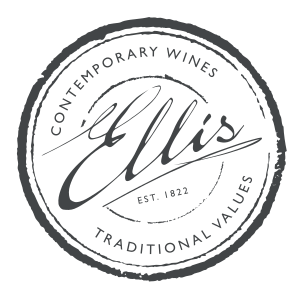The journey continues...


Our next day started with a trip into the Laibach vineyards with Mike Malherbe, Laibach’s viticulturist and managing director. The vineyards are set in a pretty stunning location; from here you look out over the vineyards of neighbouring regions and on a clear day you can even see to Table Mountain which looms over Cape Town.
![]()
It is pretty rare in South Africa to find organic vineyards as it is very difficult to manage in their often-extreme conditions, but Laibach have been organic since 2000. In the vineyards they plough every second row, plants are ploughed back into the soil and release nitrates which the vines benefit from and the row that is left grows plants and weeds which encourage insects for biodiversity.
Every year Laibach buys ladybirds and parasitic wasps to release into the vineyards to eat the mealy bugs which damage the vines and can spread diseases. Each time they are having to buy and release fewer as the natural population is increasing – nature’s own pesticides!
South Africa has had bad droughts for the last three years and going into the 2018 vintage the dams were only about 35% full (this year they have had a better winter and are about 60% so they are in a much better position but still not full). Laibach don't irrigate most of their vines (they only irrigate new vines twice a year to encourage the roots to grow deep and they phase this out over time) but they are lucky to have heavy clay soils which retain water well. Where their vines are organic and ‘dry’ (i.e. not irrigated), they are used to having to struggle for water so they have very deep root systems, which has been a big benefit in times of drought.
As it is the beginning of spring in South Africa, it was interesting to see the differences in the vines, for example the Pinotage bush vines still looked dormant whilst the Chenin Blanc vines had quite a bit of growth on them. Whilst we were in the vineyards they started to spray the Chenin with a mix of chilli paste and water. This is because the antelopes like to eat the new growth on the vines, but they don't like the spice of chilli, so once they've sprayed the vines the antelope will come back in the night time to nibble on the leaves but the chili burns their mouths so they look for food elsewhere!
After our tour of the vineyards we meet with Francois van Zyl, Laibach’s winemaker, for a tour of the winery and a tasting. In the winery, Francois works with various winemaking techniques, including open top fermenters, French oak barrels, clay pots and concrete eggs.
![]()
Francois with clay pot
We celebrated a successful morning with a lamb curry and a bottle of Laibach’s 2010 Pinotage – well-rounded with plenty of upfront fruit and clove spices, this really illustrated the ageing potential of a good Pinotage!
After a return trip to Backsberg to audit their cellars (we had run out of time the day before) we had time to indulge in a quick glass of Ladybird white at our stunning accommodation in Laibach before heading out to dinner with Francois and his wife. One of the benefits about staying with our partners is we get to go to places which aren’t on the normal tourist route and can go to where the locals like to eat. We went to Pappa Grappa, who not only make delicious food, but was also South Africa’s first private distillery. After dinner, we met with the owner and took a tour around the small distillery and tasted through many gins and grappa’s – not a bad way to spend an evening!
![]()
Enjoying a glass of ladybird white
Megan Clarke, Wine Buyer
